#Antarctic Shag
Photo
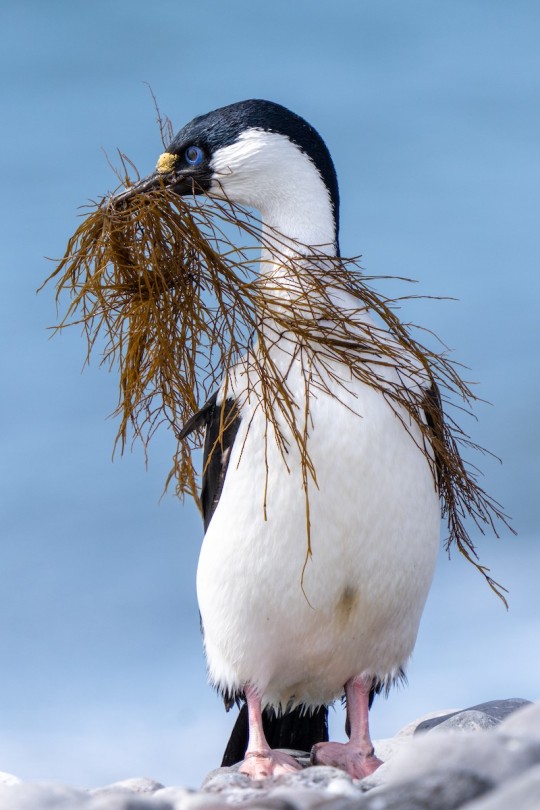
Antarctic Shag (Leucocarbo bransfieldensis)
© Steve McInnis
971 notes
·
View notes
Photo

Antarctic Shag (Leucocarbo bransfieldensis)
© Noah Strycker
449 notes
·
View notes
Text
BOTD: Antarctic Shag

^Image credit: Liam Quinn
Antarctic Shag (Leucocarbo bransfieldensis)
The Antarctic Shag is the only species of the cormorant family found in the Antarctic. On average, they dive 25 meters (82 feet) to feed on fish, but their maximum dive depth is around 60 meters (196 feet). They are unique in the cormorant family in that they don't need to spread their wings and dry off their feathers after becoming wet.
#birds of antarctica#birds of the antarctic#antarctica#leucocarbo bransfieldensis#antarctic shag#cormorant#bird facts#birding#birds#tropical birds#birdwatching#bird#ornithology#bird of the day#birdlovers
138 notes
·
View notes
Photo

Antarctic Shag (Leucocarbo bransfieldensis)
© Chris Wood
61 notes
·
View notes
Photo

Antarctic Shag (Leucocarbo bransfieldensis)
© Marco Valentini
47 notes
·
View notes
Text
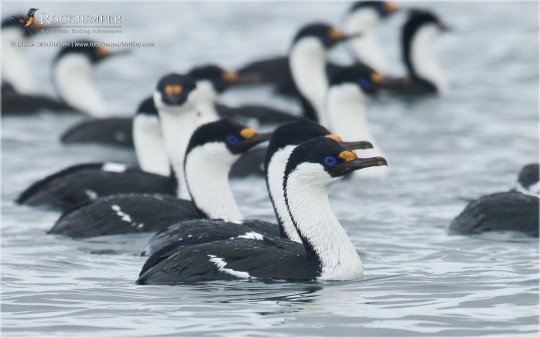
[277/10,977] Antarctic Shag - Leucocarbo bransfieldensis
Order: Suliformes
Family: Phalacrocoracidae (cormorants)
Genus: Leucocarbo (blue-eyed shags)
Photo credit: Dušan Brinkhuizen via Macaulay Library
8 notes
·
View notes
Text
Antarctica Dream Adventure 8 - Drygalski Fjord
This is our third day at South Georgia Island in our Antarctica Dream Adventure. South Georgia is the British Overseas Territory of South Georgia and the South Sandwich Islands.
As we progress on the expedition we are told that areas of South Georgia are being closed due to the detection of birds with avian influenza and to help reduce the spread of the disease. The expedition leader is…
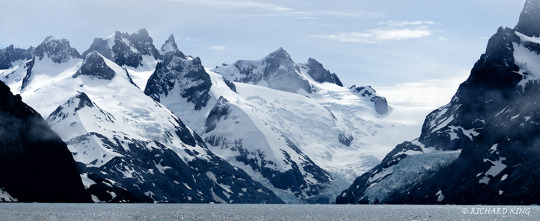
View On WordPress
#Antarctica#SnowPetrel#SouthernFulmar#SouthGeorgia#wildlifephotography#Z100-400S#Z24-70S#Z8#Antarctic Prion#Antarctic Shag#Antarctica Dream Adventure#British Overseas Territory#Drygalski Fjord#Fjord#glaciers#Iceberg Alley#Icebergs#Mountains#NIK 6 Silver Efex#Nikkor 24-70mm f/4 S#Nikkor Z 100-400mm f/4.5-5.6 VR S#Nikkor Z TC-1.4x#Nikon Camera Systems#Nikon Z 8#Richard King Photography#Snow Petrels#South Georgia and the South Sandwich Islands#South Georgia Island#Southern Fulmar
0 notes
Text
Day 9. Today was for the birds.
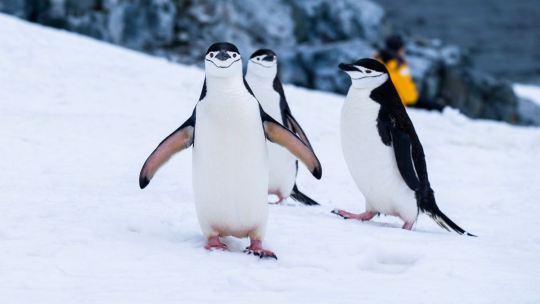
View On WordPress
0 notes
Text

Samuel Page - Auckland Islands shags, Carnley Harbour. From the album: [1907 Sub-Antarctic Expedition]; circa 1908; North, W.
#gelatin silver print#Samuel Page#Auckland Islands#1907 Sub-Antarctic Islands Scientific Expedition#expedition
57 notes
·
View notes
Photo
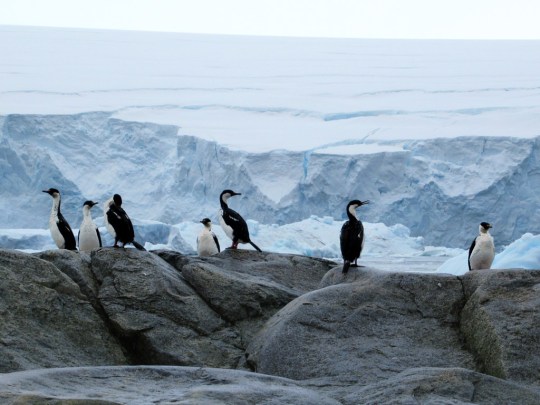
Northeast Glacier provides a backdrop for these Antarctic shags (cormorants) on Stonington Island, Antarctica.
3 notes
·
View notes
Photo
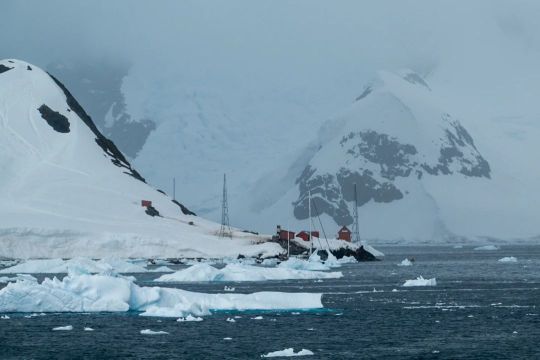
Day 5, and we woke up to an Antarctic blizzard, the snow sweeping in sideways and settling on the deck. Obviously this meant we had to spend a few minutes after breakfast lobbing it at each other like the mature and sensible adults we are. We couldn't visit Port Lockroy because they'd taken damage in a storm last night. To be fair the winds were around 100kms per hour so I'm surprised they still have a building. We did get to land at an Argentine base called Almirante Brown though and it's actually on the peninsula rather than an island so I definitely feel we can tick the seventh continent off. We can go home now. We were in the last group for the landing so we had to wait for a few people to leave first but they took us on a little zodiac ride to look at someblue eyed shags. That was awesome, they had some fluffy chicks, but also awesome was the humpback whale that was so incredibly close to the zodiac I could have fingered its blowhole. We landed right by a gentoo penguin colony and oh sweet Jesus, they fucking stink. I've totally rethought stealing one to keep in the shower. They're very cute though. We had to cross their little penguin highway so we had to sidle quite close to them. Not sad about this. We walked up a fuck off great hig hill for a spot of excellent eyehole fodder which was all when and good but then we had to get down again and I have all the grace of a giraffe trying to get on a lilo in a swimming pool. I definitely stacked it a couple of times which wouldn't be so bad but the only contact between you and Antarctica should be your disinfected bog boots, not your grubby mitts and fat arse. That evening we moored in a sheltered bay where the water was so still and it was so peaceful. We had a few drinks and watched whales in the distance. . https://travelnshit.com/2023/01/06/antarctica-day-5/ • • • #Antarctica #GAdventures #GExpedition #antarcticaexpedition #antarcticacruise #cruise #wildlife #wildlifespotting #nature #naturegram #instanature #penguin #humpbackwhale #marinelife #gentoopenguin #marinetour #travel #travelgram #instatravel #wanderlust #bucketlist #travelcouple #couplegoals #antarcticpeninsula #almirantebrown #blizzard (at Antarctic Peninsula) https://www.instagram.com/p/CndG1UUOyoZ/?igshid=NGJjMDIxMWI=
#antarctica#gadventures#gexpedition#antarcticaexpedition#antarcticacruise#cruise#wildlife#wildlifespotting#nature#naturegram#instanature#penguin#humpbackwhale#marinelife#gentoopenguin#marinetour#travel#travelgram#instatravel#wanderlust#bucketlist#travelcouple#couplegoals#antarcticpeninsula#almirantebrown#blizzard
1 note
·
View note
Photo

January 24, 2019 - Antarctic Shag (Phalacrocorax bransfieldensis)
Breeding on the Antarctic Peninsula, the South Shetland Islands, and Elephant Island, these cormorants are sometimes considered a subspecies of the Imperial Shag. They feed on fish and marine invertebrates, like crustaceans and cephalopods, diving to capture their prey. Mostly breeding in colonies of between 20 and 40 pairs, they sometimes form larger colonies of up to 800 pairs. The monogamous pairs build nests together in rocky areas, from seaweed, feathers, and debris. Both parents care for the chicks.
#antarctic shag#cormorant#phalacrocorax bransfieldensis#bird#birds#illustration#art#water#birblr art
135 notes
·
View notes
Text
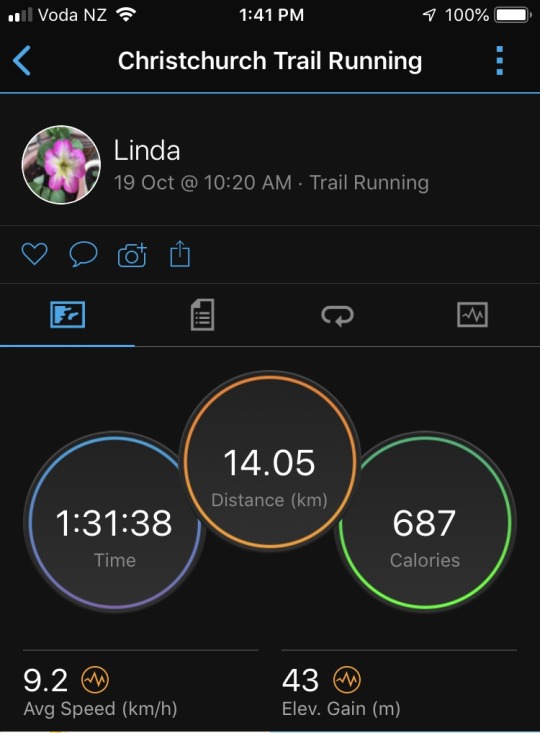

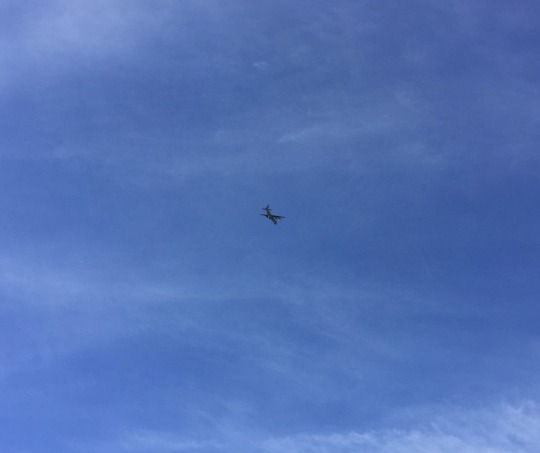
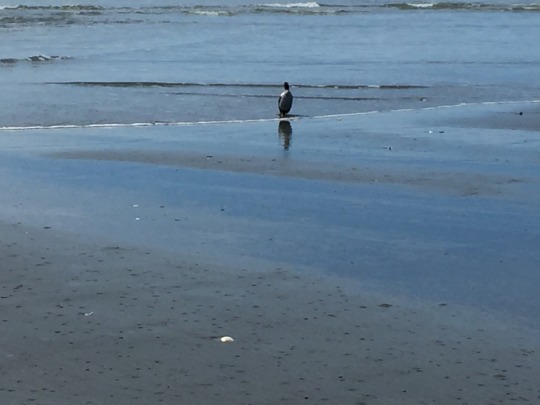
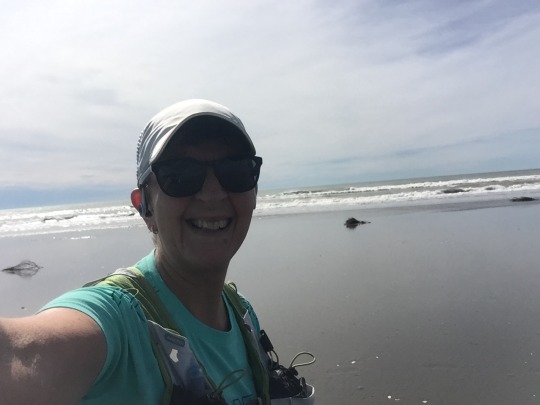

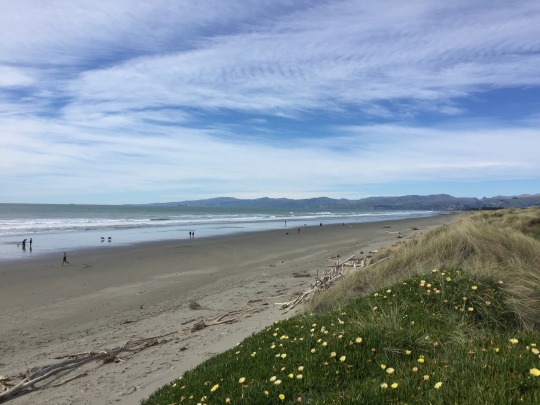
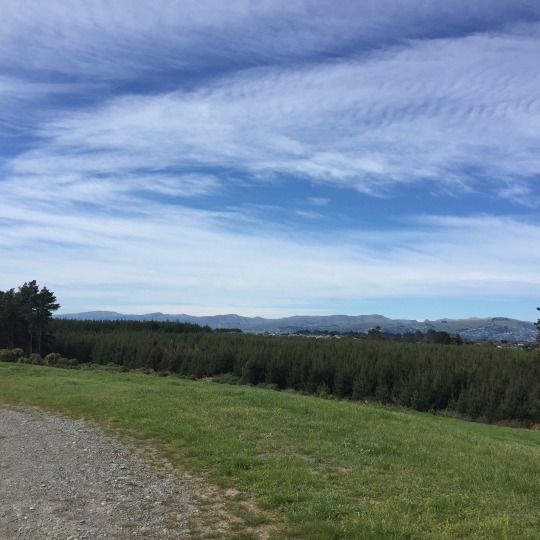
After overnight rain the sun was out again this morning. The wind was blowing from the north and it was warm. I wasn't sure how far I was going to run, I just wanted to run. I took some water and Pure and I was very glad I did. It seemed to get hotter as I ran. I ran north into the wind. It was quite refreshing. The tide was way out so the sand was firm. I ran close to the water and let it splash up my legs. I was going to run back through the forest but the wind has really picked up so I turned around and ran a wind assisted homeward leg. A Shag followed me as I ran, a horse trotted by, the rider waved, she looked like she was having as much fun as I was. As I ran off the beach a huge plane flew over. The Antarctic summer season flights have begun. I ended up running 14km and drinking all my drinks. Nice run, so thankful I can still do this, its the best birthday present ever.
13 notes
·
View notes
Photo
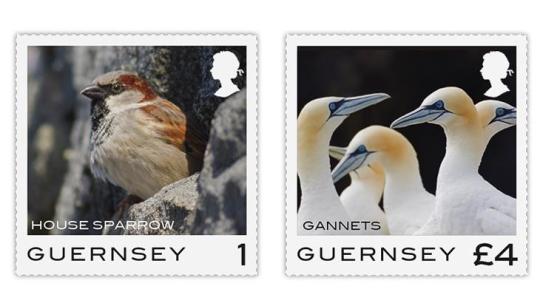
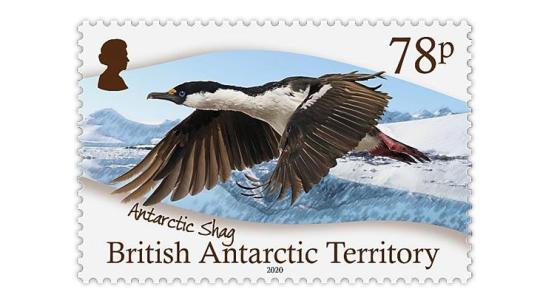
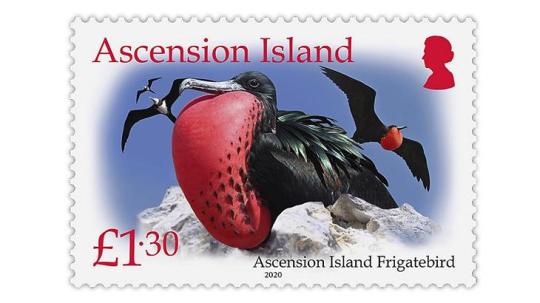
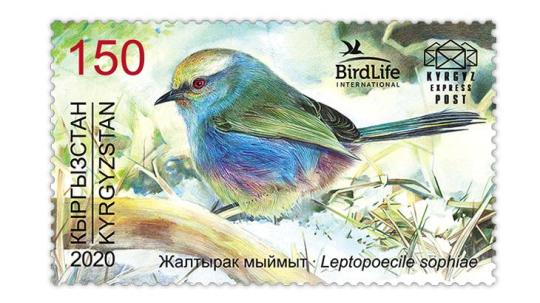
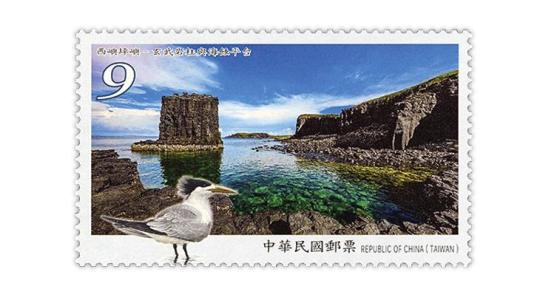
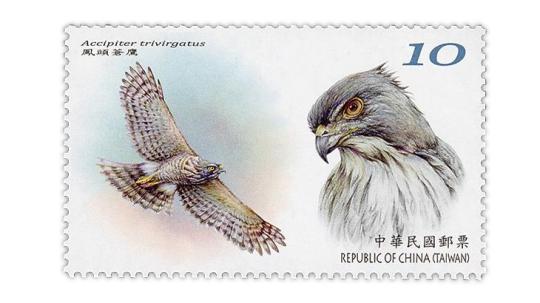
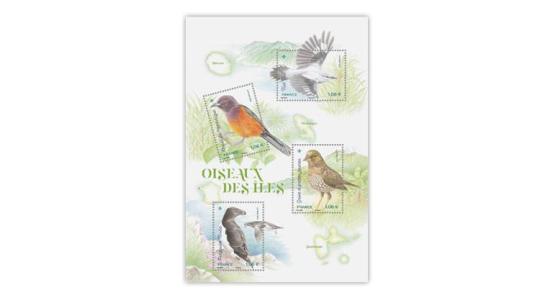
(via A flock of new bird stamps from several countries)

Guernsey Post will showcase local birds on a set of new definitive stamps to be issued Feb. 17. The 1-penny low denomination of this set of 17 shows a house sparrow, and the £4 high value depicts northern gannets.

France highlights birds of three islands (Reunion, Guadalopue and Martinique) on this souvenir sheet issued Jan. 8 as part of a flora and fauna series.

New stamps from the British Antarctic Territory picture polar seabirds. The 78-penny stamp shows the Antarctic shag, also known as the imperial or emperor cormorant.

Ascension Island features its only endemic bird, the Ascension Island frigatebird, on the £1.30 stamp in the Island Treasures definitive set issued in December.

Kyrgyzstan’s bird of the year, the white-browed tit-warbler, is honored on this 150-som stamp issued Dec. 17, 2020, by Kyrgyz Express Post.

A stamp in Taiwan’s South Penghu Marine National Park set of four to be issued Jan. 20 depicts a greater crested tern and basalt columns off the island of Xiyupingyu.

Taiwan promoted the conservation of four birds of prey, including the crested goshawk, on a set of four stamps issued Dec. 8, 2020.
#2021 stamps#2020 stamps#Taiwan#Taiwan stamps#Kyrgyzstan#Ascension Island#British Antarctic Territory#France#postage stamps#stamps#Guernsey Post#bird stamps#lcstampswishlist
3 notes
·
View notes
Link
Antartica – 8 best places to visit No place on Earth compares to this vast white wilderness of elemental forces: snow, ice, water, rock. Antarctica is simply stunning. Share Antarctica’s surreal remoteness, extreme cold, enormous ice shelves and mountain ranges, and myriad exotic life forms invariably challenge you to embrace life fully. Ice and weather, not clocks and calendars, determine the itinerary and the timetable of all travel here. This continent is home to some of the world’s most extraordinary species. Some migrate far and wide, like the enormous whales, others remain close to the continent, like the Weddell seal and the emperor penguin. Millions of seabirds skim the Southern Ocean, the world’s most abundant ocean – species such as far-flung albatrosses and petrels circle these waters. Antarctica possesses an unnamable quality, which is simply the indescribable feeling of being a small speck in a vast, harshly beautiful land. Antartica is a land where striated ice towers float among geometric pancake ice, literally untouched mountains rear from marine mist, and wildlife lives, year in and year out, to its own rhythms, quite apart from human concerns. Amundsen-Scott South Pole Station: First reached just 100 years ago by the valiant explorer Roald Amundsen during the Heroic Age of Antarctic exploration, the South Pole still embodies myth, hardship and glory. Today it is topped by a new high-tech station surrounded by cutting-edge astrophysical observation equipment (including a neutrino detector array buried approximately 1.9 km below the ice) Cruising the Lemaire Channel: The sheer-sided Lemaire Channel is a perennial favorite for photography buffs and naturalists. Under pale-pink skies, glaciers tumble slow-motion to the sea from the mountains overhead. Your Zodiac glides past a floe topped by basking Weddell seals, another crowded by a noisy group of gentoo penguins. Nearby, an enormous female leopard seal sleeps off a recent meal. Cape Evans: Reaching Ross Island’s Cape Evans isn’t easy – but then again, it never was. Dog skeletons bleach on the sand in the Antarctic sun, chiding memento mori of Captain Robert Scott’s death march from the Pole. Inside Scott’s hut from that ill-fated Terra Nova expedition a collection of sledging pennants, rustling pony harnesses and a sighing wind evoke the doomed men who left here with high hopes of reaching the pole. Shackleton’s Hut: Step inside Ernest Shackleton’s Nimrod expedition hut at Cape Royds on Ross Island and enter an eerily preserved world from a century ago. Amazingly intact despite 100 years of blasting Antarctic storms, the wooden house is surprisingly homey. Colored glass medicine bottles line shelves, a fur sleeping bag rests on one of the bunks and tins of food with unappetizing names (boiled mutton, lunch tongue, pea powder) are stacked on the floor, awaiting diners who will never return. Adélie penguins fill the cape now, breeding in summer Paradise Harbor: The pragmatic whalers who worked in the waters of the Antarctic Peninsula at the beginning of the 20th century were hardly sentimental. Yet they named this harbor Paradise, obviously quite taken with the stunning icebergs and reflections of the surrounding mountains. Gentoos and shags call the area home. A climb up the hill here offers magnificent glacier views – if you’re lucky you might see one calving into the Southern Ocean. Grytviken, South Georgia: A tall granite headstone marking the last resting place of British explorer Ernest Shackleton, known to his loyal men as ‘the Boss,’ stands at the rear of the whalers’ cemetery at Grytviken. This old whaling station is still strewn with evidence of its past industry, and its museum gives insight into whaling life, and into South Georgia’s history and wildlife. Meanwhile, seals wriggle outside the station’s white-clapboard whalers’ church. Deception Island: Deceptive in more ways than one, with its secret harbor, slopes of ash-covered snow and hidden chinstrap penguin rookery at Baily Head, Deception Island offers the rare opportunity to sail inside a 8 volcano. Now classified as having ‘a significant volcanic risk,’ Deception remains a favorite for the industrial archaeology of its abandoned whaling station, half-destroyed by an eruption-induced mudflow and flood. Some will stop for a quick dip in the island’s heated geothermal currents. Antarctic Museum: Each year in Antartica, tens of thousands of visitors flock to Britain’s beautifully restored Bransfield House, the main building of Base A, built at Port Lockroy during WWII. Not only does it offer the chance to spend up big at the well-stocked souvenir shop and to mail postcards at the busy post office, the museum’s old wooden skis, clandestine 1944 radio transmitter and wind-up HMV gramophone are evocative artifacts of the explorers who once lived for years at this wilderness outpost. Find destinations with accomodation around the world
1 note
·
View note
Text
Ferrying a 1946 Auster J2 through Australia
God was on my shoulder. The problem being I was not sure on which shoulder and who was on the other one!
The aircraft ferry game is both interesting and where one always expects the unexpected. My card reads “Can Ferry, Will Travel.” Flying an older aircraft cross country is more than just throwing your bag in the back and departing. To do the job properly means planning ahead.
Now for a long time I had always wanted to get to fly an Auster J2. I had seen the J2 pair of VH-PUK and VH-PUL around Victoria with various owners over the years but had never set foot in one. I had flown several Austers but for some reason I had a fancy to fly the two-seat J2. Maybe that was because I had flown a Taylor J-2 and a Piper J-3. Who knows?
Then I heard that VH-PUL was for sale in Queensland. I contacted the owner and said if the new owner needed an experienced tailwheel pilot to ferry the aircraft anywhere please pass my number to him. I had hopes that the new owner was located in Western Australia. I could wish!
Sorry, was the reply, but the aircraft has been sold and the owner has his own tailwheel-endorsed pilot to assist him. Oh! I know what crestfallen means.
Time passed. Somehow I made the contact with the new owner and told him that I was an instructor, had good tailwheel time, and had flown Austers amongst other older aircraft.
OK, thanks, was the reply.
Time passed. I got a call from the new owner, Rod. Would I be interested in ferrying VH-PUL from Moree to its new home near Bendigo?
Hmm, YES, was the reply.
The die was set. I made my way to Sydney in a 737 and then to Moree in a QF Dash -8.
Now somewhere in the first ferry south from Gympie, Qld., PUL had an issue on landing at some strip north of Moree and the left gear leg got bent.
Time to get acquainted.
Campbell Briggs of Statewide Aviation, an ag operator, took kindly to Rod and his pilot and ground transported the bent machine to Moree. There it was nursed back to good health.
On arrival at Moree I checked in at a motel. Next day the airport. There I met PUL. After a good look over, I went for a test drive. I did a half hour of general handling and shot a few circuits on runway 01. The wind was rather much a northerly so I did not have to work too hard to keep the aircraft straight with its drum brakes and heel brake pedals.
I saddled up and departed. The forecast was for low cloud and haze along the route that I had planned, Moree–Narrabri–Narromine and a refuel, some 189 nm.
As I flew south the cloud base progressively lifted and from Narrabri it was plain sailing. Past Coonabarabran and a big area of trees—not good for a forced landing. I skirted west of the Siding Springs Observatory and the nearby mountain that had a spot height of 4,344 ft. Over Gilgandra and onto Narromine. There was a westerly wind so I elected to land on runway 29 with a tad of crosswind.
I touched down and the left wheel instantly flattened and I pulled up with a bumpty bump. A flat tyre!
There I was on Narromine’s runway 29, stuck like a shag on a rock. No one around and the cold wind must have come direct from the Antarctic. I called Rod and give him the good news.
I tried to get the airport manager but he was on his day off. Then low and behold he trundled up in his work truck. Soon after≤ another fellow turned up. He got a trolley used to raise gliders with the gliding club and we slowly manhandled it to a hangar. There we spent almost an hour trying to get the tyre off the wheel.
A guy working on a Mooney in the hangar showed how you have to take off the outer rim, then push back the tyre casing to get access to a circular circlip. Once that is removed the tyre can then come free and give you access to the tube inside. Sound easy? Not for an Auster wheel newbee.
Now with the tube in hand, it was easy to see how it had been pinched when the out rim had been put on. The secret is to have some inflation in the tube before fixing everything in place. Hmm! So we were in need of a 600 x 6.5 tube. Only the Brits could have an odd size. The manager took me into town to a tyre shop.
“Nope, cannot help you with a 600 x 6.5 tube but I have a 6.0 and a 7.0. Which one do you want?” I took the 600 x 7.0 tube. Then we trundled by a hardware store to try and get a tyre pump. We got the tube and tyre on faster than Superman could. The tube got inflated and I was ready to go. I was too late to get to the next stop, Temora. I did not like dickering around a strange airport in a strange aircraft close on last light. If the headwind slowed me down I could have had my blood pressure hitting red line trying to shoot a landing in the gloom or darkness.
Overnight in the nearby cabin park. I got a special deal with a taxi into town for a feed at the Veterans club and back again as his last customer for the night.
Next day it was a refuel and then I was off to Temora, 137 nm to the south. The weather was fine. I took off from runway 29 and bumbled along with an enroute top-up from the aux to the main. As the fuel moved from back to front and was burnt off, I adjusted the trim with the lever in the cabin roof above the left door.
Past Parkes and Forbes and on to Temora. I landed on runway 18 at Temora, a breeze with the headwind. It had been a slow flight from Narromine, so I taxied in for a top up. A young fellow my age got to chatting about how he was taking flying lessons, and what sort of aircraft was PUL? We traded notes. He was all smiles.
Not a lot of avionics to worry about.
I departed from runway 18 for Tocumwal and a refuel then on to Bendigo and the nearby new home base for PUL.
I landed on runway 18 at Tocumwal, taxied up to the fuel station and got fuel. There was no one around. I started up and taxied out and started backtracking on runway 18. I was halfway to the keys when I felt a lurch and PUL swung to the left. The tyre had gone yet again!
Same issue. Here I was stuck on a runway with a blown tyre. No one in sight. A curse?
I got on my portable VHF radio and called up on area. Silence. I made the call again and then a fellow replied and said he was listening. I asked him to advise centre of my problem. Centre must have wondered how airworthy this Auster was with two blown tyres in two days. He acknowledged the call and then asked if I needed a hand. He was a training flight out of Mangalore airport to the south. He landed and with his student we pushed PUL off the runway onto the grass verge.
I then called Rod on my mobile: “Err Rod, I have this tyre problem, again.” Now what to do?
An SUV came towards me. The driver introduced himself as Jamie Ball. He was a Toc A&P and saw my problem. “Need a hand?”
We managed to jack the left gear leg up to remove the tyre. Jamie said he had worked on an Auster wheel only a week before so he was current on how to remove them. Gold! The tyre casing was still intact even after this second adventure. We had the tube and tyre off in five minutes flat.
OK, now what to do. “I think that I have a 600 x 6 tube back in the workshop,” said Jamie. He found one in his store.
We fitted the tube and tyre and then another problem. How could we get some air into the tube? The penny dropped! I had that electric air pump that I had bought at Narromine. We connected up the power cable to the SUV and quickly inflated the tyre.
I was mobile again. I taxied PUL to Jamie’s hangar. He offered to house PUL for the night and then in the morning he was off to Kempsey on the far east coast in his Thorp T-18.
Jamie drove me to the motel and arranged to pick me up in the morning. I checked in and walked next door to the local golf club for a meal. Next day we hauled PUL out of the hangar. Jamie waited while I cranked up. He fired up his T-18 and departed for Kempsey.
I taxied out and as I passed yesterday’s blown tyre location I offered a silent prayer for no repeats. God, the good one, heard me.
I launched and departed south to Bendigo. Some minor cloud enroute, then past Shepparton and on to the southeast of Bendigo. Rod had said call him inbound; I did and he steered me to his strip at Myrtle Creek.
He had a smudge fire burning at one end of the strip to give me the wind direction. I came in over the tree line, dropped a nice side slip (the J2 has no flaps) and pulled up well before the end of the strip.
The ferry was over.
I taxied to Rod’s hangar. We put the aircraft away and over a cuppa I gave Rod the saga of my adventures.
I had kept both blown tubes. The second one, the Narromine special, had split all the way around it. No reason that we could figure.
It was too late in the day to give Rod a check flight. I returned a week later and we did some flying and shot some landings and ground handling to get him comfortable with flying his aircraft.
Enjoying every minute.
I have now flown an Auster J2 Arrow Special. An interesting machine. Drum brake shoes with heel brake pedals in the cabin. Not one but two blown tyres. Good memories for the future.
Tech stuff
Auster J2 Arrow Special, c/n 2384, was built in 1946 at Rearsby, Leicestershire in the UK by Auster Aircraft Ltd. It first went to Belgium as OO-AXF before coming to Australia, where it became VH-KAY on 31 May 1951. In 1958 it was re-registered as VH-RQL with the Royal Queensland Aero Club at Archerfield. The 75 hp Continental C-75-12 engine was replaced with a Lycoming 0-235-C1B of 115 hp. It then became an Auster J2 Special. In 1963 it became VH-PUL.
The J2 was built as a low cost private owner aircraft. Only 42 were made. In part this was due to financial problems with the Brits obtaining American engines for their aircraft.
The max. takeoff weight is 771 kg and the empty weight is 518 kg. There is a baggage shelf behind the seats for up to 20 kg of gear.
The main nose tank carries 60 litres of fuel and behind the seats there is a 40 litre auxiliary tank. An electric transfer pump moves around one litre a minute from the aux to the main tank. The extra fuel gives the aircraft real range. It is best to check the pump before start up to ensure that fuel can be transferred during a long flight. The main feeds to the engine by gravity. There is no engine driven pump.
Designed as a private aircraft, it had dual heel brake pedals installed later. Cruise is 95-105 kts IAS at 2350-2400 rpm. Plan on 25 LPH fuel burn.
Glide is 50 kts. Crosswind limit, said to be 8-10 kts. Climb is 52 kts, stalls at 30 kts. There is a small battery for the starter and the cabin roof mounted Bendix-King KY97 radio.
The panel has an ASI, Altimeter, VSI, Tacho, TC and Oil T&P gauges. No AH. The bat and ball TC is driven by an external venturi. Plan on 500 ft. after takeoff before it becomes reliable. There is an American compass on the top of the panel. The original P-12 compass must have been retired due to old age. Give three shots of the Ki-gas primer for a start up. Under the panel there is a cigarette lighter socket for use with an iPad in flight. I navigated with my iPad. The charts were in my flight folder ready at hand.
VH-PUL had done some 7,340 hours to June 2019 when I flew her.
The post Ferrying a 1946 Auster J2 through Australia appeared first on Air Facts Journal.
from Engineering Blog https://airfactsjournal.com/2020/09/ferrying-a-1946-auster-j2-through-australia/
1 note
·
View note